How The Monaco Grand Prix Circuit Has Changed Since Joining The F1 Calendar
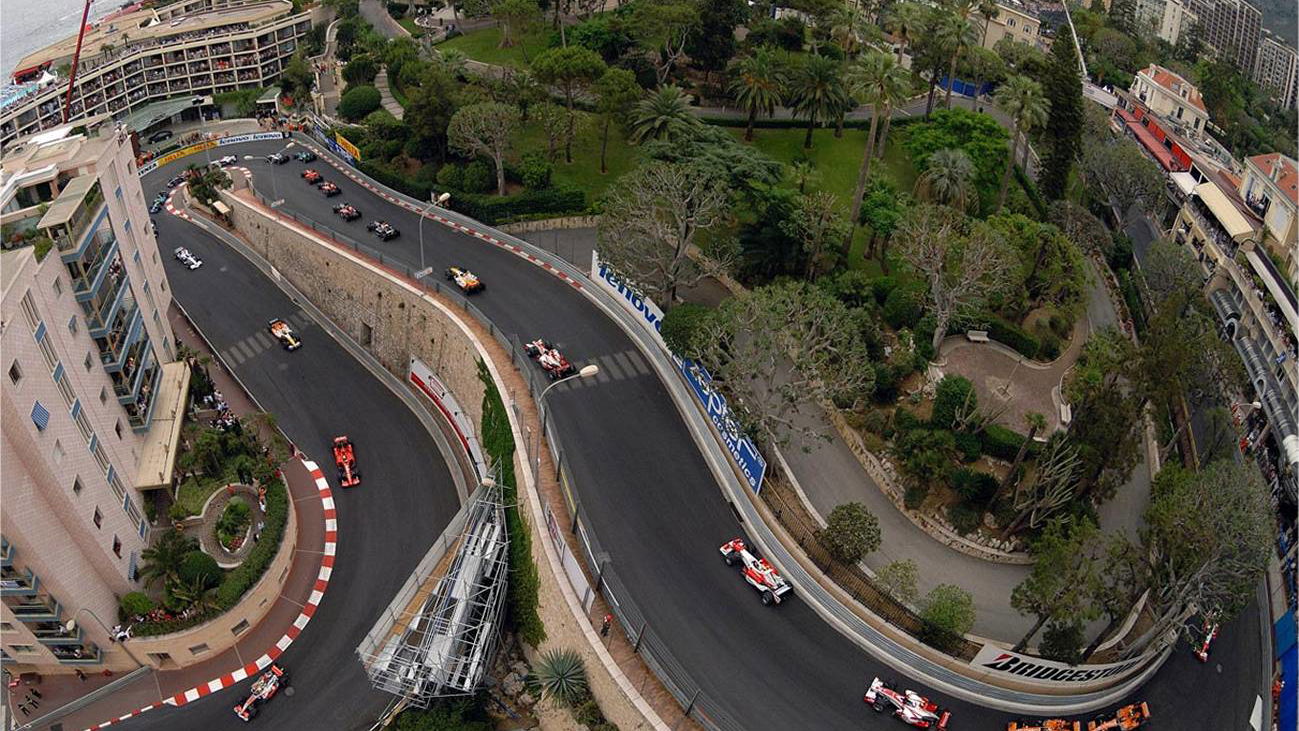
The Circuit de Monaco is one of the most famous and prestigious tracks in the world. It first hosted a motor race in 1929 and joined the F1 calendar in 1950.
Much of the temporary layout remains unchanged, but there have been some significant modifications to the circuit since it first hosted a Formula 1 world championship event.
Ste Devote
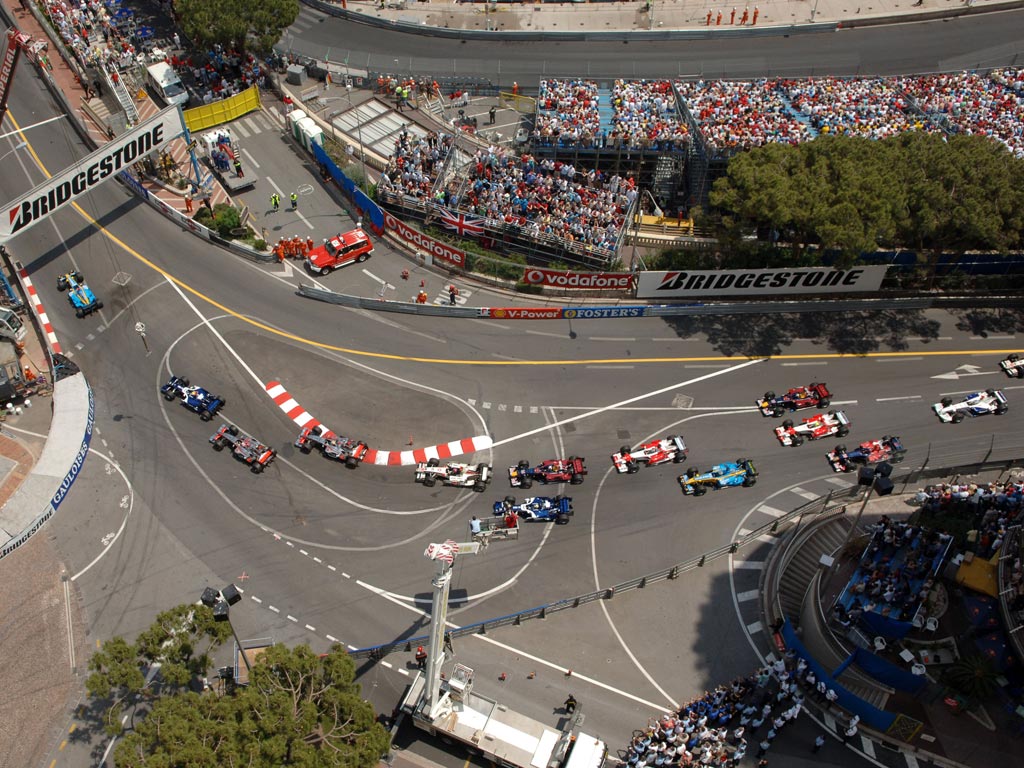
Originally, the start/finish straight was alongside the harbour and the first corner was the tight and now non-existent Gasworks hairpin. It was switched to its current location in 1963, making Ste Devote the new first corner.
It used to be a faster right-hander but it was tightened in 1976. It also used to feature a barrier on the inside, but this was opened up in 2003 to create more run-off area. It also provided the circuit with a new pit exit feeding cars back out onto the uphill climb to Massenet.
Massenet and Casino Square
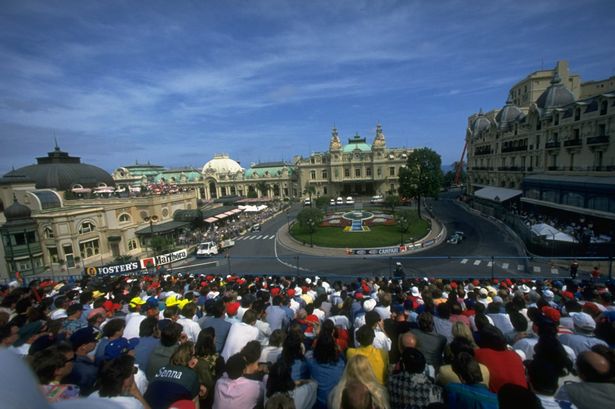
The rest of the first sector is largely untouched, with the only real difference being the installation of safety barriers. Back in the 50s and 60s, the fans and photographers were separated from the cars by straw bales, wooden fences or – in some places – nothing at all. The whole track is now enclosed by barriers, tyre walls and catch fencing, leaving no room for error but helping to protect the drivers, marshals and spectators.
Mirabeau and Fairmont hairpin
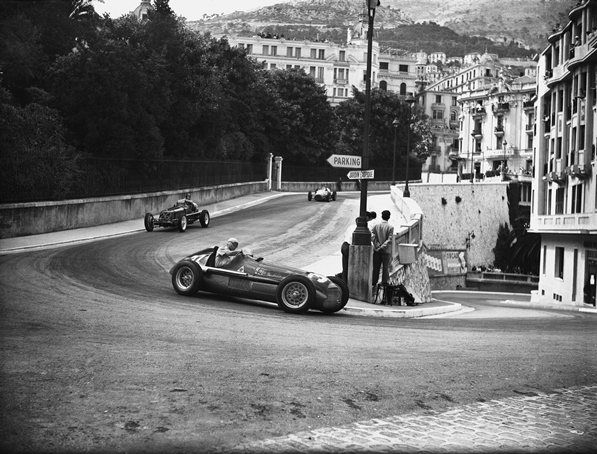
The slow Mirabeau corner and the Fairmont hairpin remain almost exactly the same as when the likes of Juan Manuel Fangio and Alberto Ascari raced around them in the 1950s. However, the surroundings have changed considerably.
Turn six used to be called the Station hairpin, due to (you guessed it) there being a railway station to the right on the approach to the corner. A hotel was then constructed on the site in 1973. It is now known as the Fairmont hairpin, but the name keeps changing depending on who owns the hotel.
Portier
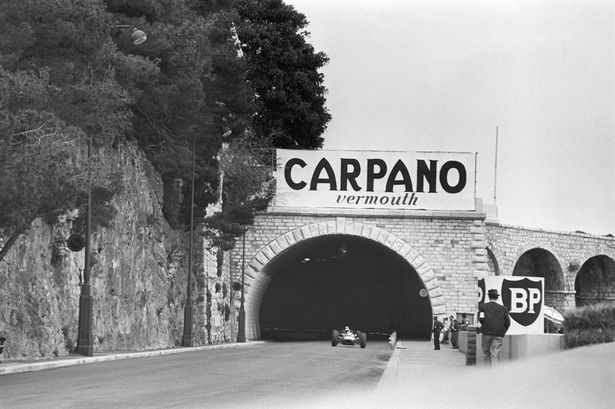
The double right-hander of Portier, which takes the cars back onto the sea-front, remains the same, but the tunnel used to be considerably shorter before the construction of the previously mentioned hotel in 1973.
Harbour-side chicane
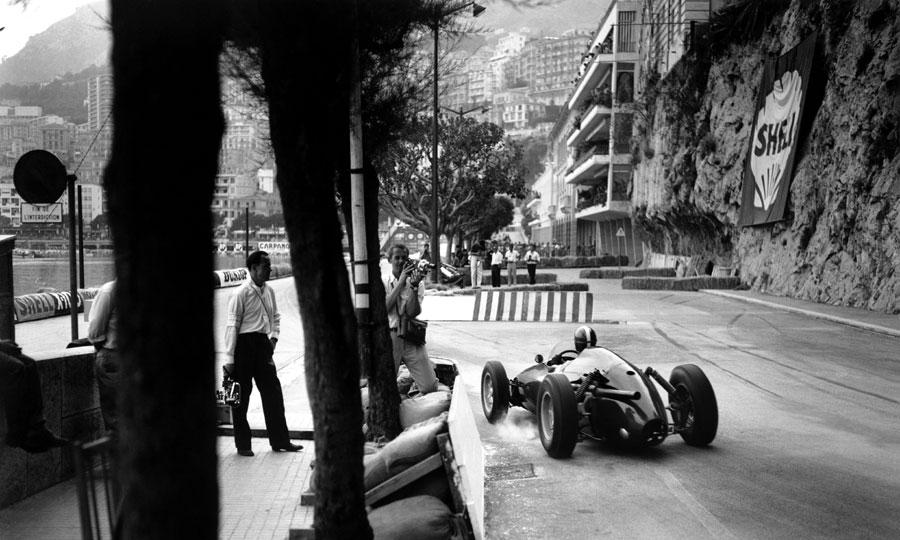
Up until 1985, the harbour-side chicane was a fast left/right flick that was the scene of several big accidents – including Lorenzo Bandini’s fiery fatal crash in 1967. Drivers urged organisers to create a safer solution.
For 1986, a new concrete section of track extending over the harbour was created. The chicane was made into a slow complex, with a left-right section being followed by a faster right/left. Other than kerbing and barrier modifications, this corner has been unchanged ever since.
Tabac
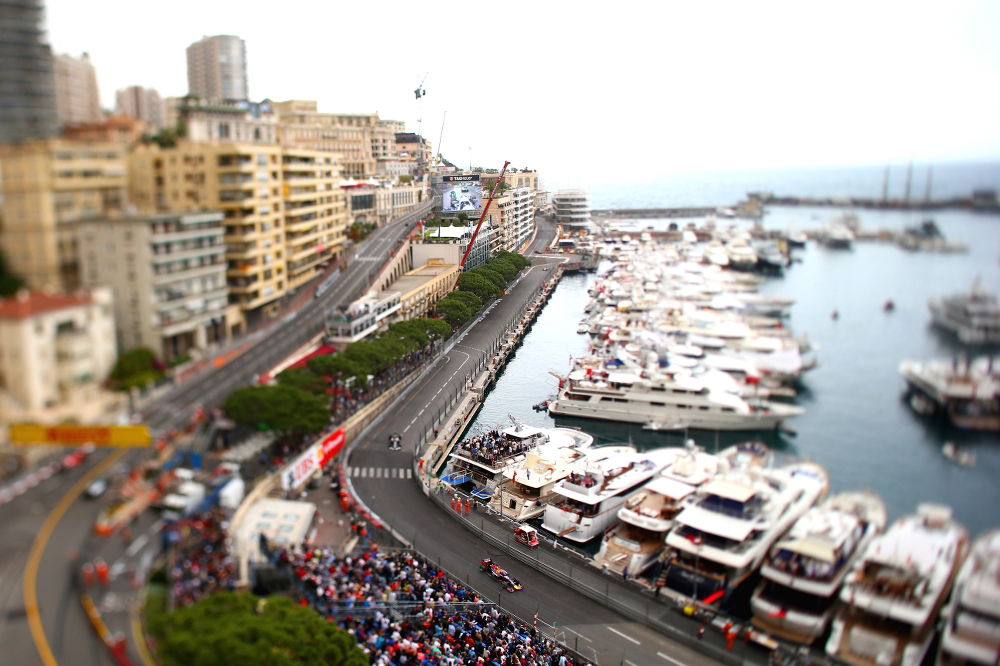
The original apex to this corner, before major modifications to the final half of the lap took place in 1973, was originally further back from the water front. The corner used to lead on to the back straight and was followed by the Gasworks hairpin, but it is now tighter and leads to the ‘Swimming Pool’ complex.
Piscine
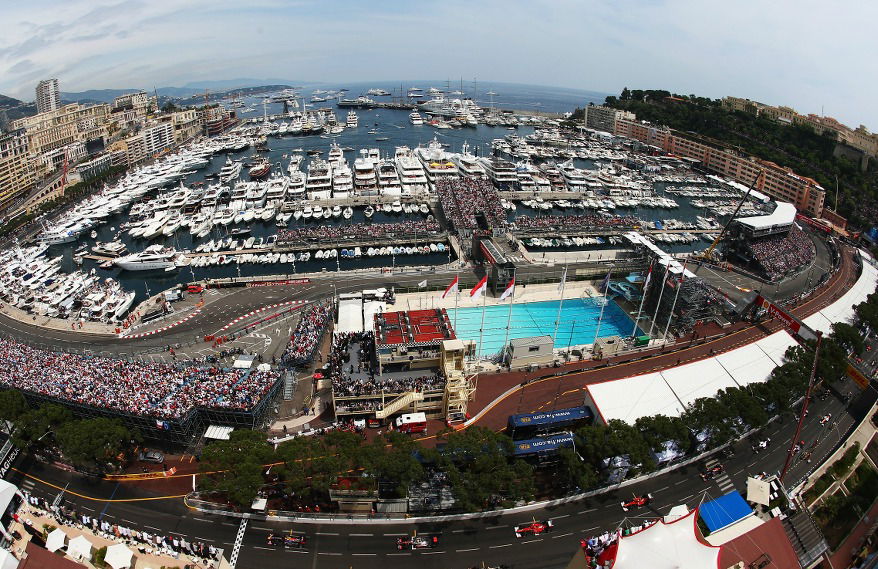
In 1973 the construction of the Rainier III Nautical Stadium swimming pool drastically altered the layout of the track. The Gasworks hairpin was removed and four new corners were added, as the track twisted around the pool.
The first part is a fast left/right chicane, which is followed by a slower right/left section. The introduction of this new layout helped to create space for a new pit area. This was extended further in 2004, making room for the upgraded pit lane we see today with garages facing away from the circuit.
La Rascasse and Anthony Noghes
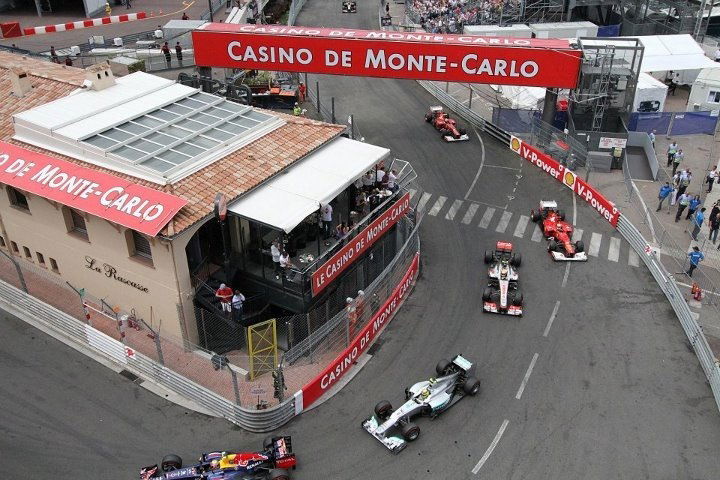
Due to the removal of the Gasworks hairpin, a new end to the lap was created. It was replaced in 1973 by La Rascasse, which is made up of a left-hand kink (which used to be tighter but was opened up in 2003) and a slow, double-apex right-hander.
The final corner - a right-hander named Anthony Noghes, after the organiser of the first Monaco Grand Prix - was also added to lead the cars onto the pit straight.
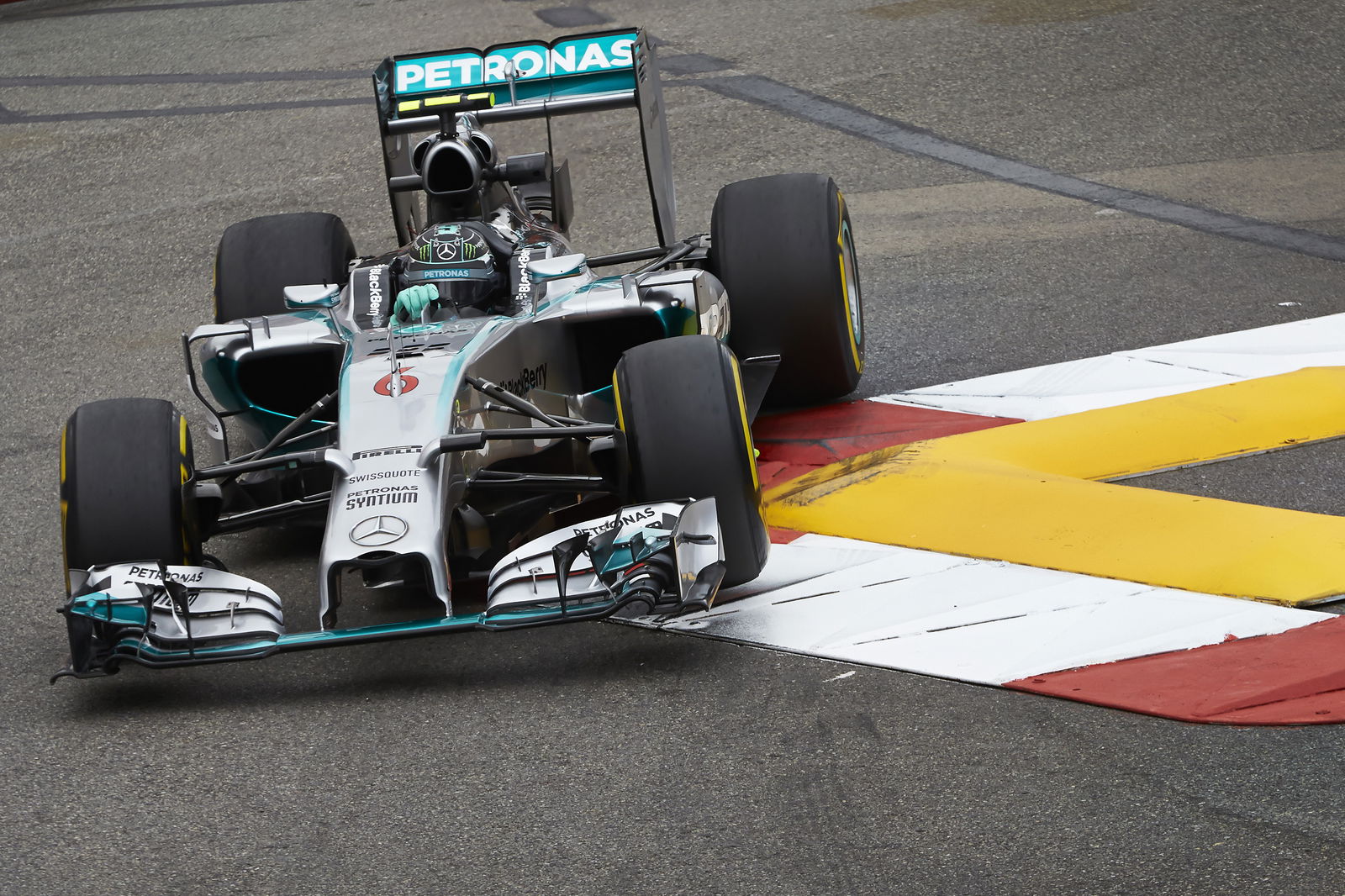
Comments